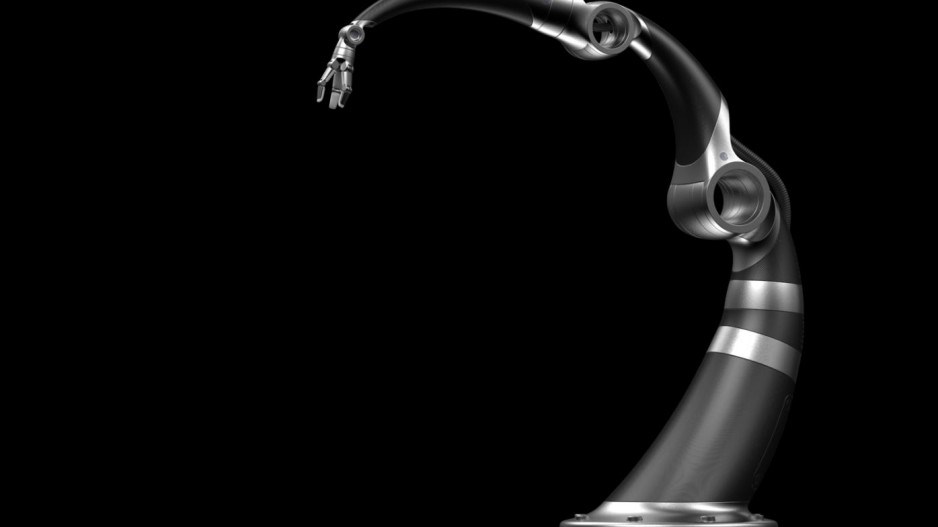A new generation of assistive robots may soon be able to help people out thanks to the invention of LiveDrive, a revolutionary piece of technology created by Vancouver-based Genesis Robotics
Imagine a world where warehouse workers equipped with powerful robotic exoskeletons can unload a truck in minutes without suffering any wear and tear on their bodies.
Or where senior citizens and people recovering from injuries can regain mobility and independence through the use of small a robotic aid.
For years, this world seemed limited to sci-fi movies and comic books. High costs and technological limitations essentially made robotics inaccessible to everyday people.
But that may soon change thanks to LiveDrive, a new invention developed by Genesis Robotics, a Vancouver-based technology company focused on making robots faster, safer and at a lower cost.
“The LiveDrive allows us to look forward to a time where there is a robot in every business and in every home,” says Mike Hilton, CEO of Genesis Robotics.
The LiveDrive
The LiveDrive, which received its patent allowance in February 2017, is a small and unassuming piece of technology that is poised to revolutionize the world of robotics, bringing robots closer to everyday life.
Genesis Robotics’ newest invention is a direct-drive robotic actuator that essentially functions as the robot’s muscles and joints, and replaces clunky motors and gearboxes, which have been the industry standard for decades.
“By making the LiveDrive only a few centimetres thick, we can make industrial robots more effective, but we can also think of putting robots into exoskeletons to help people in a large number of tasks,” says Hilton.
The device’s relative simplicity and groundbreaking design help keep production costs low. This, in turn, can lead to a robotics revolution that Hilton calls the “democratization of robots.”
“Because the LiveDrive can be made at a very competitive cost, it makes it so that it’s not just for large industrial settings – it can work across the whole spectrum right into consumer markets and into people’s homes.”
A focus on collaboration
The LiveDrive’s groundbreaking design has been validated by industry players and by robotics specialists from the University of Texas, the University of Calgary and the University of Brussels, Hilton says.
“They have all looked at what we’ve done and they’ve said that we really solved one of the fundamental problems that was holding robotics back.”
Despite all of the praise, Hilton is aware that in order for robots to really become household items, a cultural shift needs to occur.
“We first need to overcome the perception that robots are about replacing people. Robots are really about augmenting people,” he says.
That’s why Hilton and the rest of the team at Genesis Robotics are very interested in using LiveDrive to create “assistive robots” that can interact with humans to help them perform a number of daily tasks.
“It doesn’t matter how sophisticated computing technology gets; the best computer that we can equip a robot with is the one inside a human mind,” Hilton says. “That’s why our goal is to bring humans and robots together to give humans the ability to do more and to achieve more in a whole variety of contexts.”
In the end, the goal of LiveDrive is to improve people’s quality of life by making their work more efficient and by solving a number of problems that people deal with on a daily basis.
“By moving towards a society in which humans and robots are integrated we can improve the quality of lives for people at work and at their homes,” Hilton says, adding that the LiveDrive is now ready to hit the market and achieve its life-changing purpose.
“We’re very eager to build the right path forward for the commercialization of LiveDrive, and we’re exploring all possibilities at this time,” Hilton says.




